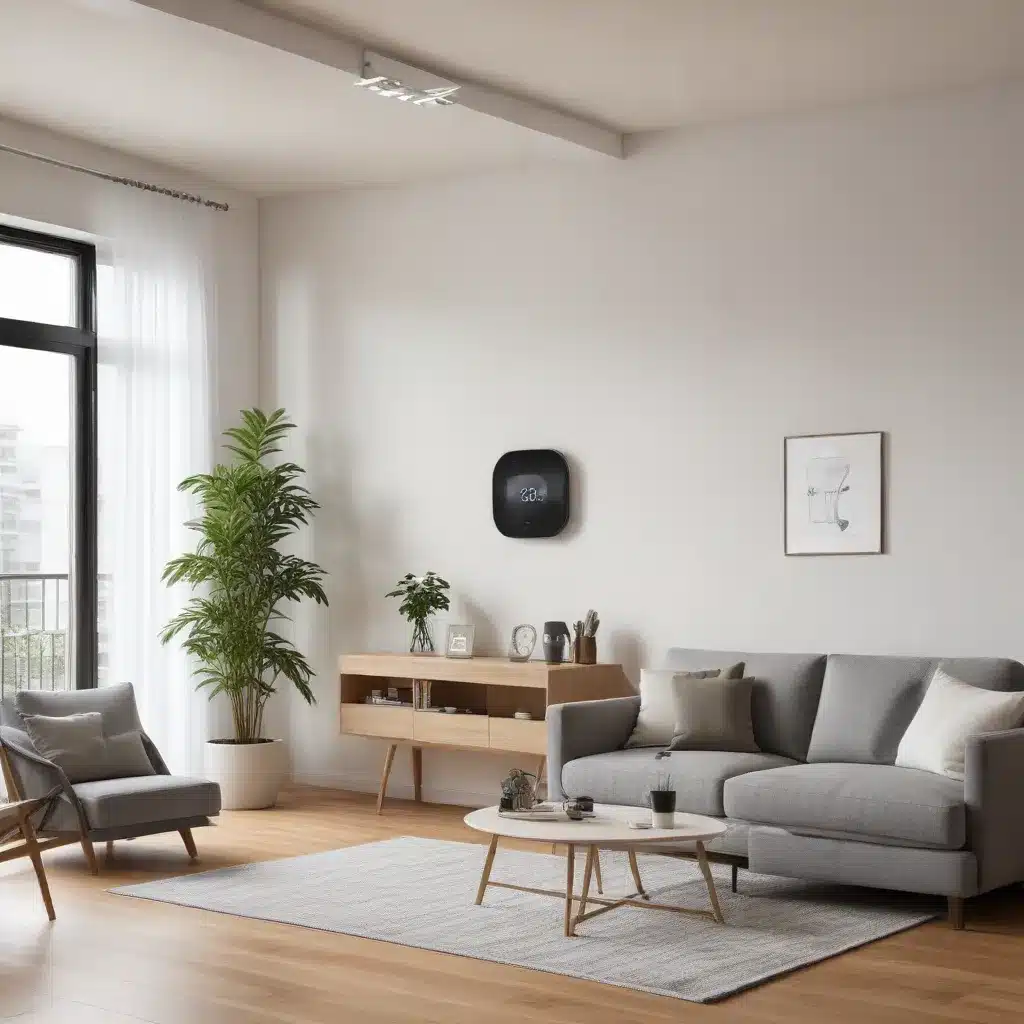
In today’s era of rapid technological advancements, homeowners are increasingly seeking innovative solutions to enhance the comfort and energy efficiency of their living spaces. The rise of smart home devices has revolutionized the way we control and manage our indoor climates, offering a wealth of benefits that extend beyond just temperature regulation. In this comprehensive article, we’ll delve into the world of smart home devices and explore how they can be leveraged to optimize indoor climate for both comfort and energy efficiency.
The Transformative Power of Smart Thermostats
At the heart of smart home climate control lie the revolutionary smart thermostats. These advanced devices utilize cutting-edge technology to seamlessly integrate with HVAC systems, offering a level of precision and automation that was previously unattainable. Smart thermostats are equipped with a range of sensors that continuously monitor factors such as temperature, humidity, and occupancy patterns, allowing them to make real-time adjustments to maintain the ideal indoor climate.
One of the primary advantages of smart thermostats is their ability to learn and adapt to the homeowner’s preferences and routines. By analyzing usage patterns, these devices can automatically adjust the temperature and humidity settings to match the occupants’ needs, ensuring a comfortable environment while minimizing energy consumption. This “learning” capability is a game-changer, as it eliminates the need for manual temperature adjustments and allows for effortless optimization of the HVAC system’s performance.
Moreover, smart thermostats offer the convenience of remote access and control. Homeowners can now monitor and adjust their indoor climate settings from anywhere, using their smartphones or voice-activated assistants. This enhanced level of control not only promotes comfort but also enables energy-saving measures, such as automatically lowering the temperature when the home is unoccupied or adjusting the settings based on the current weather conditions.
Enhancing Energy Efficiency with Smart Home Devices
Beyond smart thermostats, the smart home ecosystem encompasses a wide range of devices that work in harmony to maximize energy efficiency and reduce environmental impact. Smart vents, for instance, can be programmed to open and close based on room occupancy, directing airflow to the areas that require it most, thus minimizing energy waste.
Integrating smart home devices with HVAC systems can also lead to significant energy savings. Smart air purifiers and ventilation systems can automatically adjust their operation based on indoor air quality, ensuring a healthier living environment while optimizing energy consumption. Additionally, smart lighting systems can be synchronized with the HVAC controls, automatically adjusting the lighting levels based on occupancy and temperature, further enhancing the overall energy efficiency of the home.
The interconnectivity of these smart home devices is a key factor in unlocking their full potential. By seamlessly integrating with each other and the HVAC system, they create a synergistic ecosystem that optimizes energy usage across multiple fronts. This holistic approach not only reduces utility bills but also contributes to a more sustainable future by minimizing the carbon footprint of residential and commercial properties.
Improving Indoor Comfort and Air Quality
Alongside energy efficiency, smart home devices play a crucial role in enhancing indoor comfort and air quality. Smart thermostats, coupled with advanced HVAC technology, can maintain precise temperature and humidity levels, creating a more consistent and comfortable living environment. This attention to detail can have a significant impact on occupant well-being, reducing the risk of health issues related to extreme temperatures or poor air quality.
Moreover, smart home devices can integrate with air quality sensors, providing real-time monitoring of pollutants, allergens, and other indoor air contaminants. By automatically adjusting ventilation, filtration, and air purification systems based on these readings, smart home solutions can ensure a healthier and more comfortable indoor atmosphere. This not only benefits the occupants’ physical well-being but also contributes to improved cognitive function and overall productivity.
Seamless Integration and Troubleshooting
Successful integration of smart home devices with HVAC systems is essential for optimizing indoor climate control. Compatibility between the smart thermostat and the existing HVAC equipment is a critical factor to consider, as it ensures seamless communication and efficient operation. Seeking guidance from qualified HVAC professionals can help ensure a smooth installation process and address any potential compatibility issues.
In the event of troubleshooting challenges, smart home device manufacturers typically provide robust support resources and user-friendly interfaces to assist homeowners. Common issues, such as connectivity problems, sensor malfunctions, or programming difficulties, can often be resolved through firmware updates, software troubleshooting, or adjustments to sensor placement. By understanding the common troubleshooting steps and having access to reliable support, homeowners can maintain the optimal performance of their smart home climate control system.
Embracing the Future of Smart Home Climate Control
As we navigate the ever-evolving landscape of smart home technology, the potential for enhanced indoor climate control and energy efficiency continues to grow. By embracing the power of smart home devices, homeowners can unlock a world of convenience, comfort, and sustainability. From intelligent thermostats to integrated HVAC systems, the smart home ecosystem offers a comprehensive solution for creating a healthier, more energy-efficient living environment.
Whether you’re a tech-savvy early adopter or simply seeking ways to optimize your home’s climate, the integration of smart home devices presents a promising path forward. By incorporating these innovative solutions, you can not only enhance your personal comfort but also contribute to a more sustainable future, one smart home at a time.
To learn more about the latest advancements in smart home technology and how they can transform your living space, visit https://itfix.org.uk/. Our team of IT experts is dedicated to providing practical insights and cutting-edge solutions to help you build the smart home of the future.












